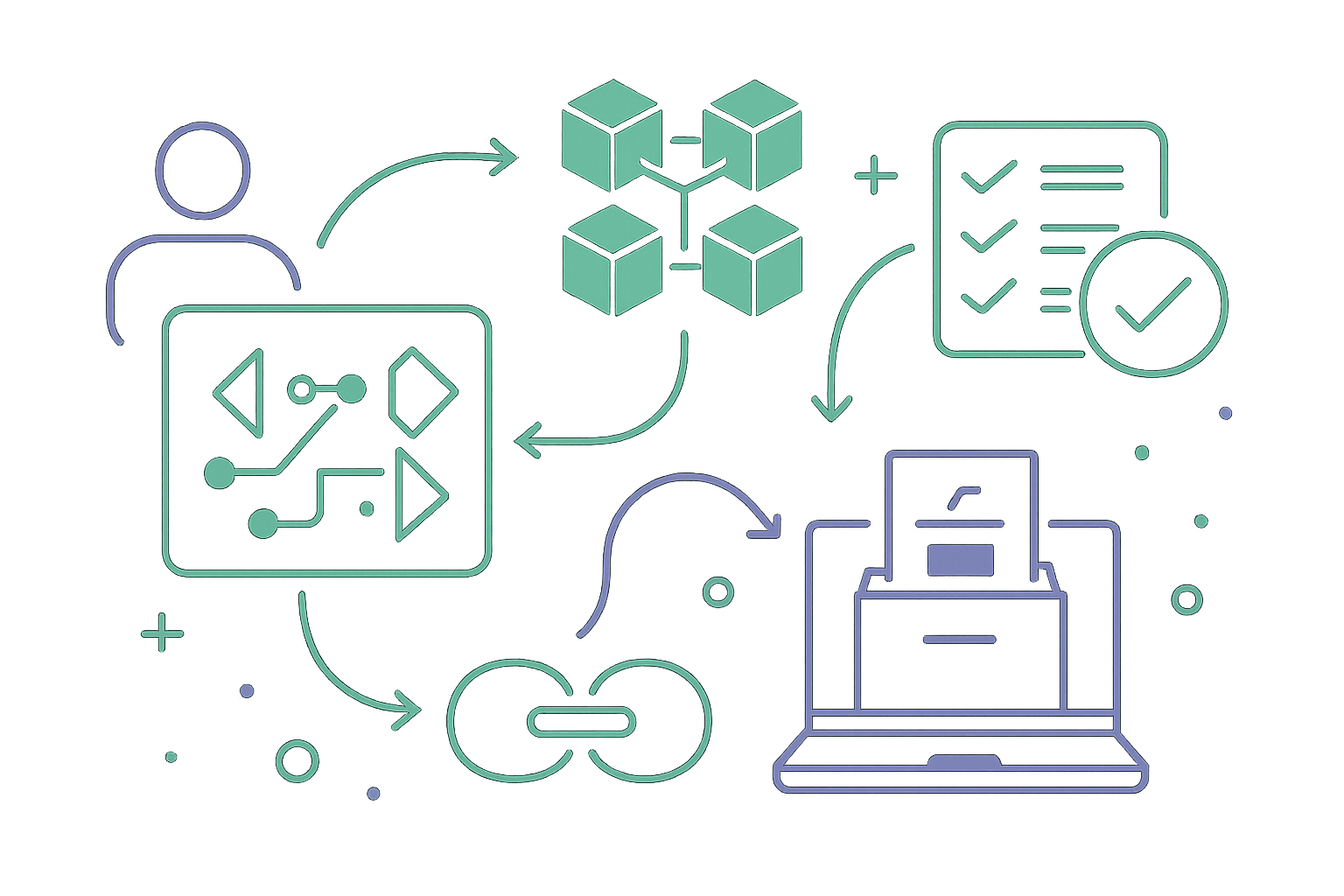How Blockchain Voting Pilots in Peru and Bolivia Are Shaping the Future of Decentralized Elections (2025 Update)

Latin America is fast becoming the proving ground for blockchain-based voting systems, with Peru and Bolivia at the forefront of this technological shift. As of November 2025, both nations have launched ambitious pilots to harness blockchain for secure, transparent, and trustworthy elections. These moves are not just about digitizing ballots – they represent a fundamental rethink of how democratic legitimacy can be protected in the digital era.

Bolivia’s Solana-Powered Election Transparency Pilot
Bolivia’s October 2025 presidential runoff marked a watershed moment in decentralized election technology. The government piloted TuVotoSeguro, a solution developed by Impera Strategy and built on the Solana blockchain. Select polling stations photographed their paper ballot tallies, which were then validated using AI-assisted checks before being uploaded as NFTs to Solana. This process created a tamper-evident public record that mitigated long-standing concerns about vote tally manipulation during transport, a recurrent issue in Latin American elections.
The choice of Solana is significant. Its high throughput and low transaction costs make it ideal for real-time, large-scale data anchoring without compromising on security or decentralization. By leveraging NFTs as immutable records, TuVotoSeguro enabled any observer to independently verify that tallies matched official results, no special access required. This aligns with global calls for transparent voting blockchain solutions that empower citizens and watchdogs alike.
The pilot also dovetails with Bolivia’s broader crypto agenda under President Rodrigo Paz, who took office on November 8,2025. His administration has pledged to use smart contracts for public procurement and fiscal control, signaling that blockchain isn’t just an election tool but a pillar of institutional reform.
Peru’s Syscoin-Based Digital Voting Revolution
If Bolivia focused on transparency through public verification of tally sheets, Peru is tackling the challenge of secure remote voting head-on. In March 2025, Congress passed Bill No. 9689, authorizing blockchain-based electronic voting for citizens residing abroad. This legislative leap aims to enfranchise millions who previously faced logistical hurdles when voting from overseas, an issue that has often left diaspora voices unheard.
The technical backbone? A hybrid approach combining Syscoin’s EVM compatibility with Bitcoin’s robust settlement layer. Rather than storing individual votes directly on-chain (which could risk privacy), Peru will anchor cryptographic commitments, mathematical proofs that votes haven’t been altered, on both blockchains. The result: a system where electoral integrity is mathematically guaranteed without compromising voter anonymity.
This pilot will debut during the April 12,2026 general elections for overseas voters and is being closely watched by election observers worldwide. As noted by Syscoin’s development team, this marks one of the first national-level uses of EVM-anchored proofs in an official government vote, a major milestone in blockchain voting Peru 2025.
The Bigger Picture: Decentralized Election Technology Gains Momentum
The initiatives in Peru and Bolivia are more than isolated experiments, they are signals that decentralized election technology is maturing beyond theory into practice. By creating immutable records (Bolivia) and cryptographically secured remote ballots (Peru), these pilots address two core vulnerabilities: post-vote tampering and disenfranchisement due to geography.
This evolution holds profound implications not only for Latin America but also for global democracies grappling with trust deficits and rising demands for transparency. For prediction market participants tracking political risk or those interested in crypto election prediction markets, such innovations could eventually transform how odds are set and how outcomes are verified in real time.
Yet, these advances are not without their challenges. Technical literacy, digital access disparities, and the perennial question of who audits the code remain open issues. In Peru, ONPE’s commitment to public code audits and external cryptographic reviews is a necessary step toward ensuring trust in the system. Bolivia’s TuVotoSeguro pilot demonstrated how blockchain can provide a transparent audit trail, but also highlighted the need for robust on-the-ground verification and anti-coercion safeguards. Both nations are keenly aware that technology is only as effective as its implementation and oversight.
Still, the momentum is undeniable. The upcoming Peru Blockchain Conference 2025 and Bolivia Blockchain Conference in Santa Cruz de la Sierra will serve as key forums for sharing lessons learned and refining best practices. These events are expected to draw technologists, election officials, policy makers, and crypto market participants from across Latin America and beyond. The region’s willingness to experiment at scale is already attracting attention from international observers who see in these pilots a blueprint for future secure digital voting 2025 initiatives worldwide.
What Comes Next for Blockchain Voting?
As we look ahead to 2026 and beyond, several trends stand out:
- Hybrid Models Will Dominate: Rather than storing sensitive data directly on-chain, expect more systems that use blockchains for cryptographic proofs while keeping ballots off-chain for privacy.
- Interoperability Is Key: Peru’s use of both Syscoin EVM and Bitcoin illustrates a move toward multi-chain solutions that leverage the strengths of different protocols.
- Broader Use Cases: With governments like Bolivia planning smart-contract-based procurement oversight, blockchain’s role in public sector transparency will likely expand well beyond elections.
The ultimate test will be public acceptance. Building trust requires not just technical soundness but also clear communication with voters about how these systems work and how their privacy is protected. As Latin America continues to pioneer these models, other regions facing electoral credibility crises may soon follow suit.
If you’re interested in deeper analysis or want to track ongoing developments in this space, including implications for prediction markets, be sure to explore our related coverage at How Blockchain Voting Pilots Are Reshaping Election Integrity in Latin America.





